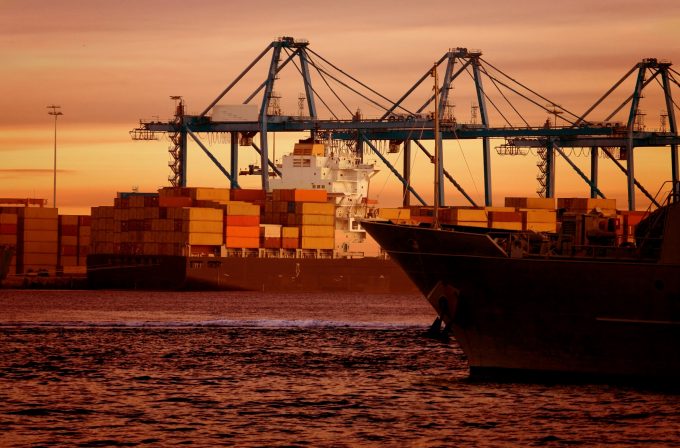Liners add capacity to Asia-ECSA as ocean rates hit 18-month high
With Asia-South America ocean freight rates at an 18-month high of around $4,350 per 40ft, ...

Bids to raise prices by Asia-Europe ocean carriers have so far failed to lift container spot rates, which remained stubbornly flat this week.
Despite mid-month GRI (general rate increase) and FAK (freight all kinds) container freight rate hikes, the Shanghai Containerized Freight Index (SCFI) was virtually unchanged from the previous week on its two biggest tradelanes – to Europe and the US.
OOCL, for example, announced an $800 per teu Asia-Europe GRI for 17 October, but it appears that the carrier, along with its peers launching similar increases, was unable to implement the increase against a backdrop of soft demand after the Chinese Golden Week holiday.
Nevertheless, in the wake of the Hanjin crisis, carriers are more optimistic about pushing up spot rates in the mid- and longer term and, most importantly, agreeing improvements in annual contract rates with their customers.
One UK manager of a top five carrier told The Loadstar this week his pricing department was “snowed under” meeting requests from shippers wanting to nail down new deals for 2017.
However, it is crucial that the carriers succeed in lifting spot freight rates that now represent about 50% of their cargo base and are increasingly influential in annual contract negotiations – which, for Asia–Europe, will start imminently.
One of the biggest factors in the heavy losses incurred by carriers in the first six months was the 20-25% decline in average rates on the same period of 2015.
For example, Maersk Line’s average rate tanked by 25% to $891 per teu, in part explaining the carrier’s reversal of fortune from a net $1.2bn surplus in H1 2015 to a $114m loss this year.
Maersk Group will publish its third-quarter results on 2 November and, according to analyst Jefferies, the news from chief executive Soren Skou is likely to be more positive.
A 30% spot rate surge following the Hanjin court receivership on 31 August and a “flight to safety” by nervous shippers are the ingredients for a 17% improvement in adjusted EBIT (earnings before interest and taxations) to $330m for Maersk Line’s Q3, according to the analyst’s estimate.
And other container lines could be over the worst, too, according to the latest Container Forecaster review from Drewry.
Although it still expects carriers to record a collective operating loss of some $5bn this year, Drewry is more optimistic for 2017, where it predicts a cumulative $2.5bn profit.
“We forecast industry profitability to recover next year, thanks to improving freight rates and slightly higher cargo volumes,” said Drewry.
Nevertheless, with fuel prices up by 75% since February, carriers know they must return to sensible, sustainable pricing on their trading routes – thus a raft of rate hikes and blanked sailings can be expected in the coming months.
Comment on this article